Chapter 7 Human Activities And Environmental Degradation
Even in the modern computer world environment plays a great role in human life. The word ‘environment refers to all those visible or invisible elements around a man which directly or indirectly affect his life and livelihood.
The advancement of Civilization and its effect on the environment: Early man was not capable of modifying his environment. He could not cut the trees even. He was frightened by the lightning and thunder of the clouds. He was afraid of wildlife living in dense forests.
Read and Learn all WBBSE Notes For 8 Class Middle School Geography
He was threatened by vast oceans and rivers. He used to worship the different forms of nature such as mountains, oceans, rivers and forests. It is an evidence that man was dominated by nature.
In early times, the lifestyle of man was entirely dependent on nature. Then his demands were few and all his time was devoted to gathering food, hunting and self-defence. Gradually, a man tried to live in harmony with nature—
- He started felling the trees and using the wood for his shelter,
- He learnt how to lit light and fire. Fire protected him from wild animals and cold,
- He started hunting wild animals,
- He made tools out of stone and then metals,
- Hunting and fishing helped him to overcome nature,
- The use of technology helped man to overcome the limitation of the environment,
- Agriculture provided a settled life of man.
- Transport helped him to discover new areas,
- Man modified his environment with new inventions,
- The desert climate of Saudi Arabia was modified by the use of Air-conditioners.
Human activities has resulted in the degradation of the environment in the past. They were not aware of it. Deforestation has led to declining of Mesopotamian civilization in Iraq, Incas in Peru, and Indus valley civilization suffered due to the felling of trees on hill slopes. It resulted in soil erosion, floods, silting of canals and making cultivated land barren. It resulted in famines, droughts, deaths and desertion of villages.
The Industrial Revolution in the eighteenth century was a giant step in the advancement of civilization. From that time onward progress in industry, science, medicine and technology was really expedited. The Industrial Revolution encouraged the use of machines. Steam engines and other machines were invented. It had a dangerous effect on the environment.
- It disturbed the equilibrium of the environment.
- Many people died of accidents in factories.
- Smoke from the factories and many pollutants polluted the water and air.
- The population has increased. It has led to an energy crisis also.
The two World Wars in the twentieth century, testing of military weapons, scientific research and experiments and economic development started changing the face of the planet irreversibly. The malice of these has affected the entire living world adversely.
Chapter 7 Human Activities And Environmental Degradation: Environment Degradation
Environmental degradation is the deterioration of the quality of the environment. Elements of the environment like water, soil, air etc. are affected by such deterioration.
Environmental degradation refers to the deterioration in the physical components of the environment, mainly due to the biological processes but more especially human activity, to such a great extent that cannot be easily restored by the self-regulatory mechanism or homoeostatic mechanism of the environment.
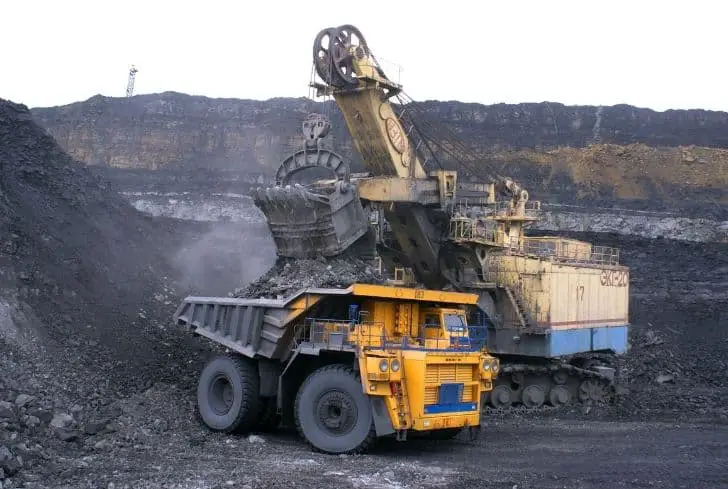
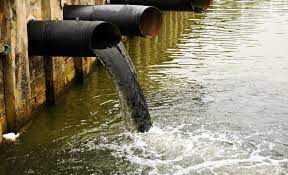
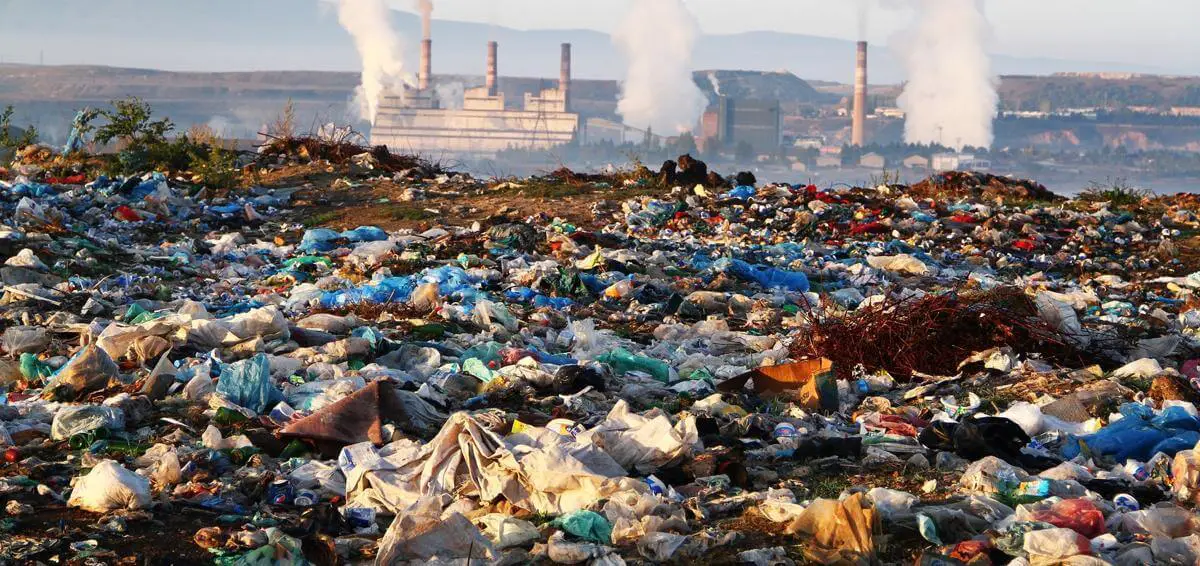
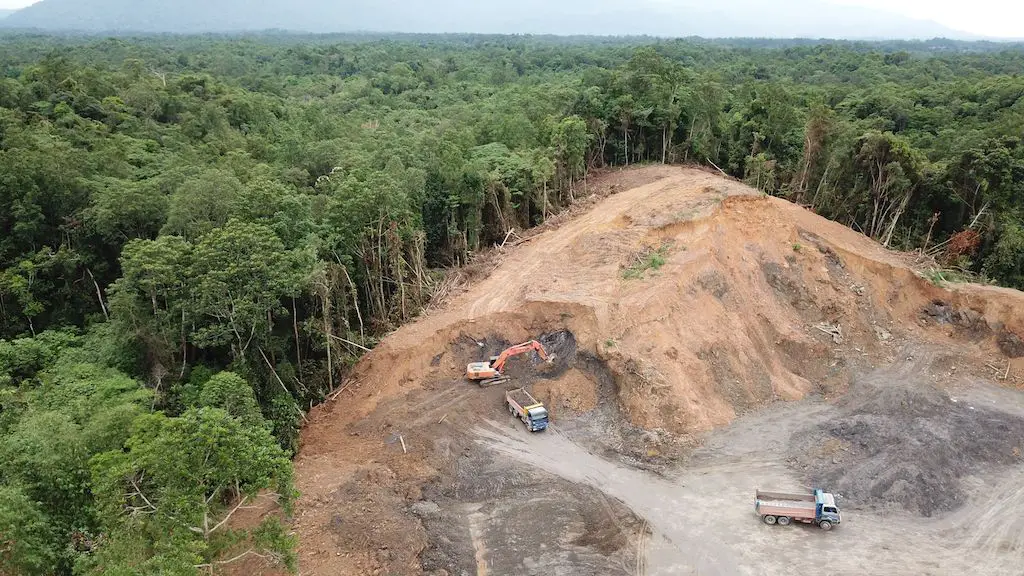
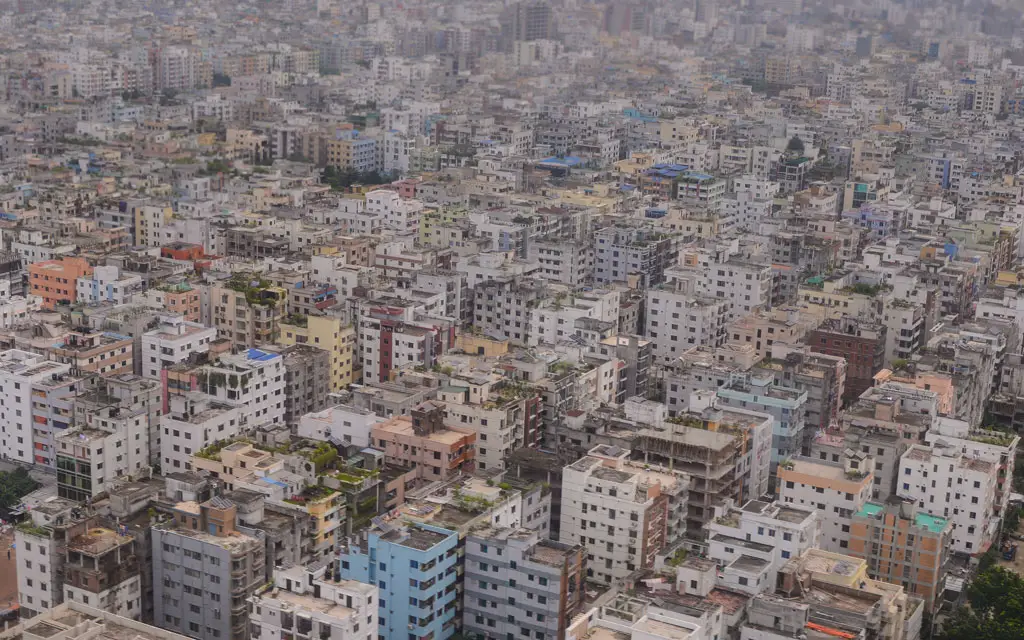
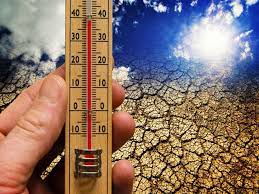

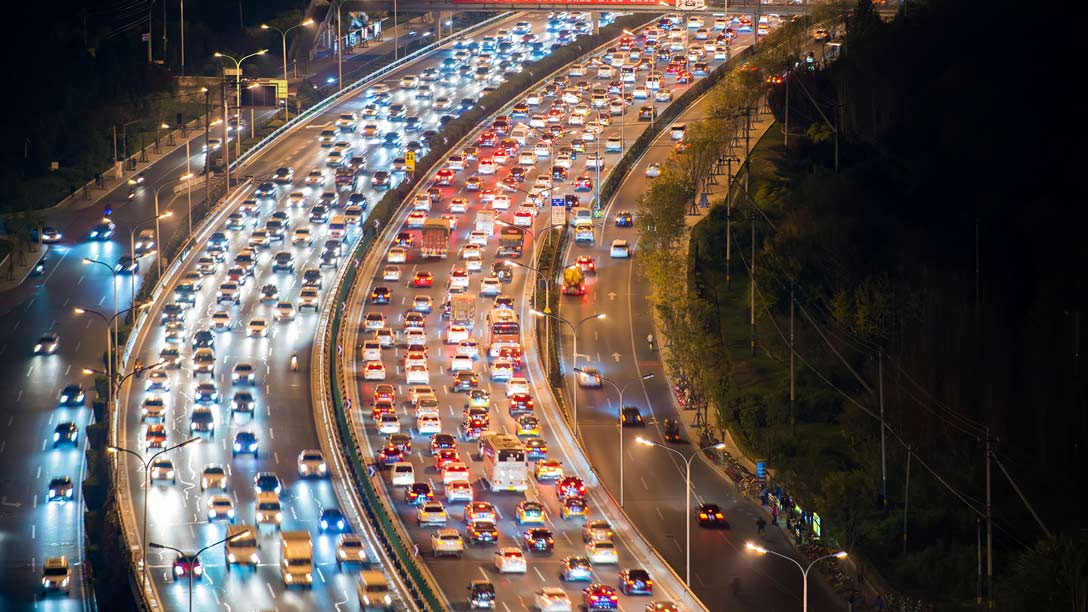


Homoeostatic Mechanism: The physical and biotic processes of nature have a self-regulatory style of working. Any change or damage caused by them to the environment is naturally restored, compensated or adjusted. This is called Homoeostatic Mechanism.
Environmental degradation may be due to extreme events and hazards or pollution. Extreme events and hazards are unexpected threats of a large impact. They may be classified on the basis of causative factors.
Natural Hazards: Natural Hazards are caused by natural factors. These may be terrestrial natural hazards which occur on the earth’s land surface, e.g., the continents and are caused by endogenetic forces, e.g., volcanic eruptions, earthquakes etc.
Atmospheric natural hazards occur by atmospheric processes affecting the living (biotic) and nonliving (abiotic) components of the natural environmental system, e.g., cyclones, forest fires etc. and cumulative atmospheric hazards, caused by atmospheric processes which accumulate for several years in continuation, e.g., flood, drought etc.
Man-made Hazards: Man-made or Man-induced hazards are the result of cumulative and even sudden effects of man’s activities. These could be physical man-induced hazards, caused by large-scale landslides, deliberate forest fires etc;
chemical and nuclear hazards, caused by the release of toxic elements in the atmosphere by human activities, accidental outbursts of poisonous gases from chemical factories, nuclear explosions; and biological hazards induced by man, for example, sudden increase or decrease in the population of a species in a region due to increased nutrients or increase in toxic elements.
Biological hazards (not caused by man) include dangers posed by epidemics, natural extinction of any particular species, locusts, swarms etc.
It should be noted that environmental degradation caused by natural factors affects human lives but nature and mankind can restrict and repair such damage to a great extent.
On the other hand, various human activities (transportation, industrialization, use of chemical fertilizers and technology, and overall development) have irreversible adverse effects on the environment.
Chapter 7 Human Activities And Environmental Degradation: Some Development Plans And Their Effects
Modern Agricultural Methods:
Aim: The aim of the modern agricultural method is to increase agricultural production.
Results: Different chemical fertilizers and pesticides are used to increase agricultural production but it has an irreversible adverse effect on the environment. It pollutes soil and water.
Polluted water flows into the soil, is discharged into ponds, canals, rivers and other water bodies killing aquatic flora and fauna. Unscientific methods of cultivation reduce soil fertility also.
Urbanisation:
Aim: The aim of urbanisation is the provision for shelter and a better lifestyle.
Results of Urbanisation: Urbanisation depletes the reserve of underground water. It creates air and noise pollution. It creates problems of water logging. Many big cities of developing countries or the third world have grown around unplanned old cities. As a result, drainage and sanitation problems, traffic congestions and shortage of housing are acute.

Power Plants:
Aim: The aim of power plants is to produce electricity.
Results: The burning of coal and oil adds carbon dioxide and sulphur dioxide to the atmosphere. The nuclear power plant also emits poisonous wastes to the environment, Due to the pollution and increase of atmospheric temperature the balance between heat received and radiated by the earth is disrupted.
Ash and wastes from power plants are dumped in nearby areas, thereby decreasing the fertility oi land as well as polluting the waters of rivers. Such as the Kolaghat thermal power station of Medinipur, West Bengal polluted air and its deposited ashes decreasing the fertility of the nearly agricultural lands as well as polluting the water of the river Rupnarayan.
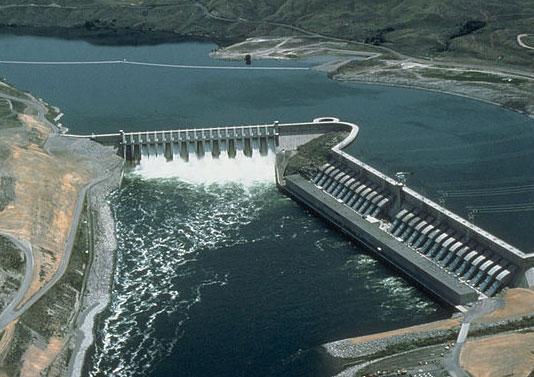
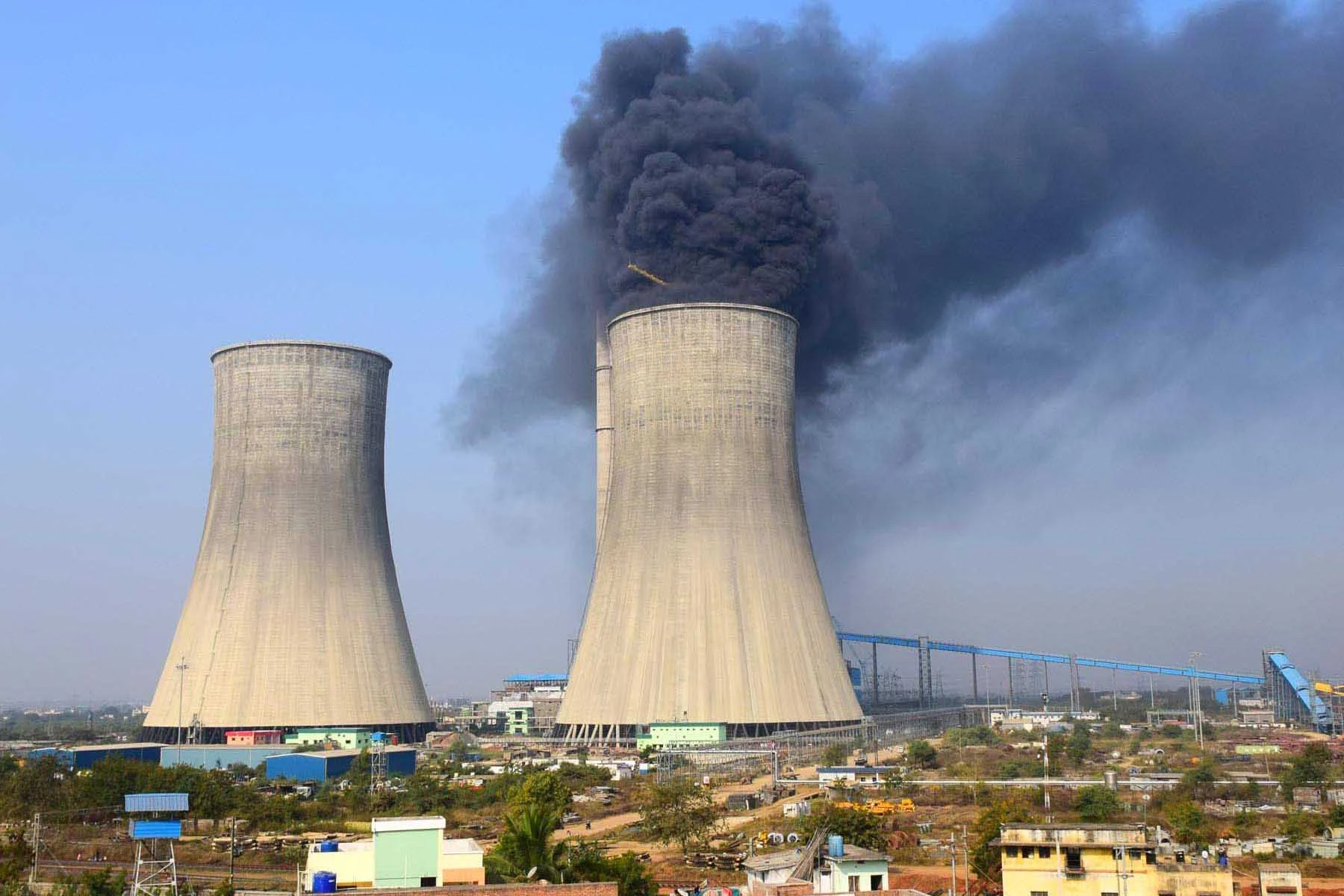
Multipurpose River Valley Project:
Aim: The main aims of the Multipurpose River Valley Projects are:
- Controlling flood
- Supply of irrigation water
- Helping in the production of hydroelectricity
- Controlling soil erosion
- Supplying drinking and industrial water etc.
Results: Dams across rivers are built to regulate the supply of water during dry periods. But silt carried by the river gets deposited in the reservoir. Below the reservoir (dam), the river is free from a load of silt.
Therefore, it erodes its own valley and surrounding area. In some rivers, the construction of a dam reduces the volume of water and causes the deposition of silt in the lower course. This results in the rise of the river beds and consequently, it leads to floods.
After the floods, the river may flow in a new channel. Thus, the river changes its course. The construction of the dam checks the deposition of silt in the lower course of the river. Sometimes the silt contains valuable nutrients. The area of the lower course of the river is deprived of such nutrients. Thus fertility of the soil is reduced and the yield of crops falls. The dams also check the free movement of fish and other organisms in the river.
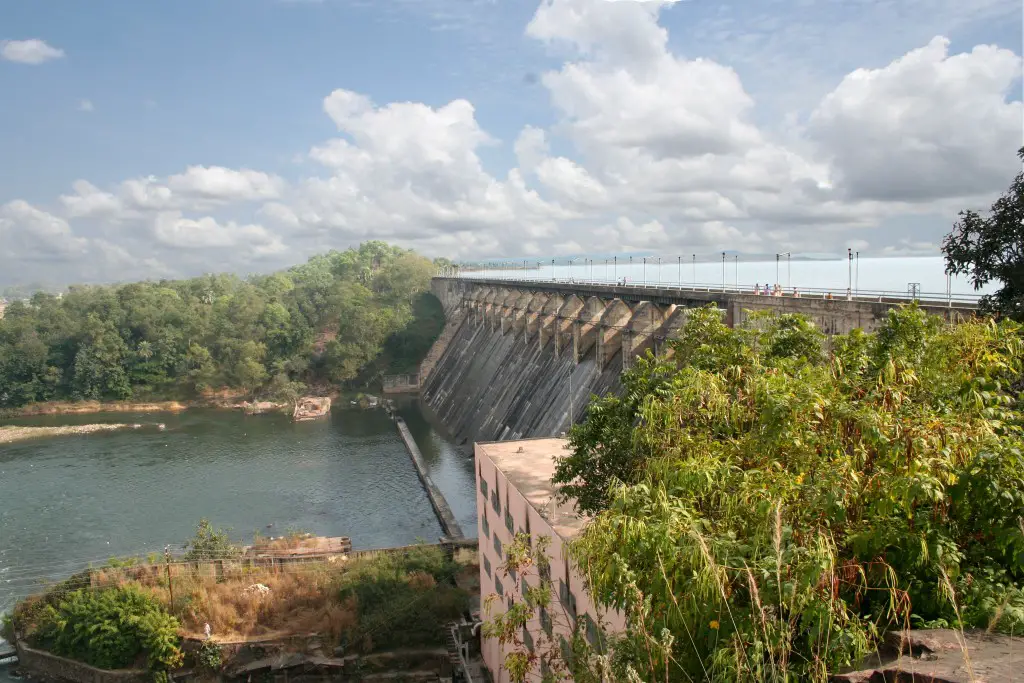
Chapter 7 Human Activities And Environmental Degradation: Results Of Environment Degradation
Due to the degradation of the environment, people are forced to migrate because of the scarcity of food and energy resources. Natural hazards like droughts, floods, pollution, and accidents (due to chemical disasters, and earthquakes which occur at weak points of dams) are taking a heavy toll on human life.
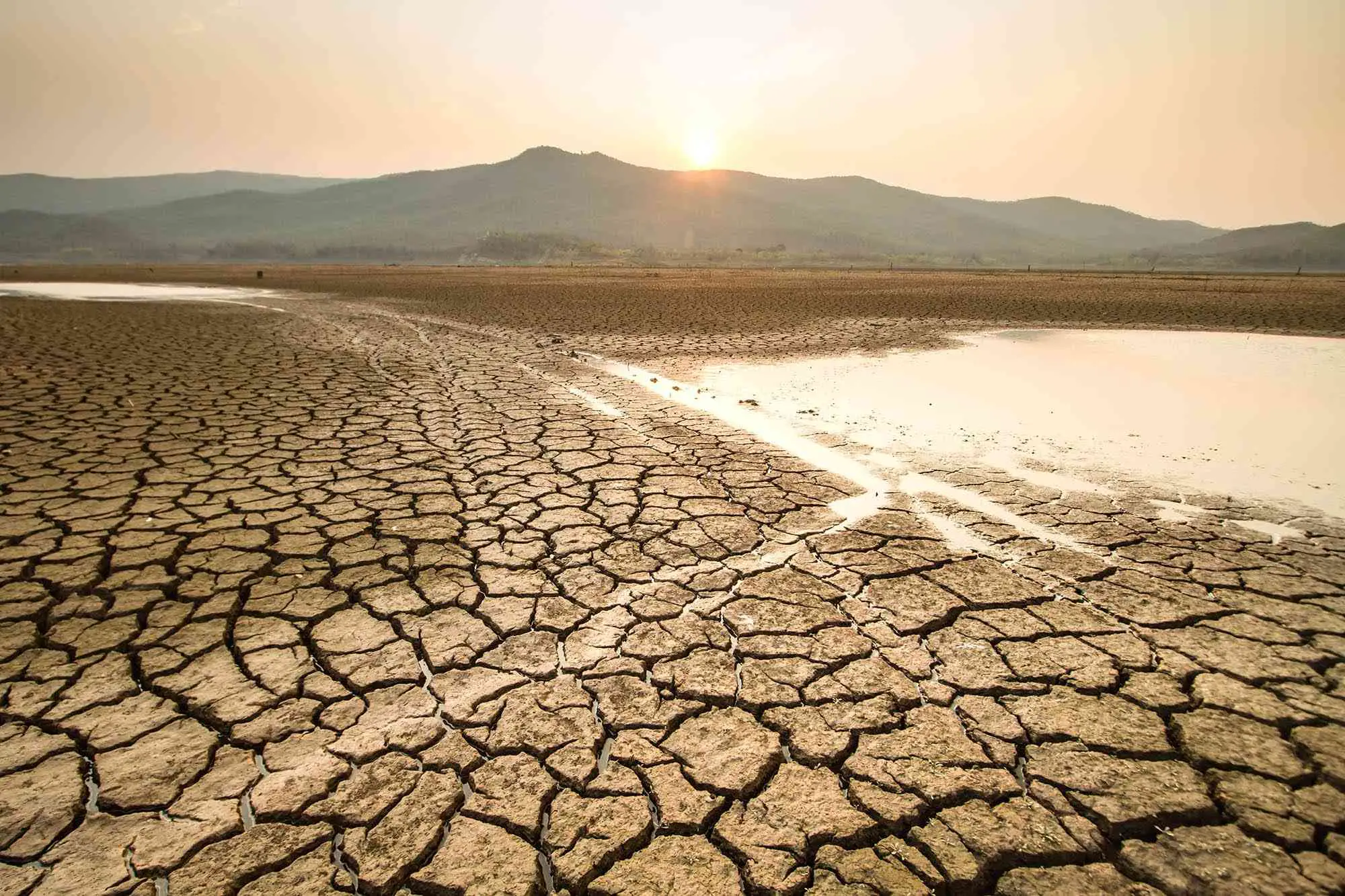
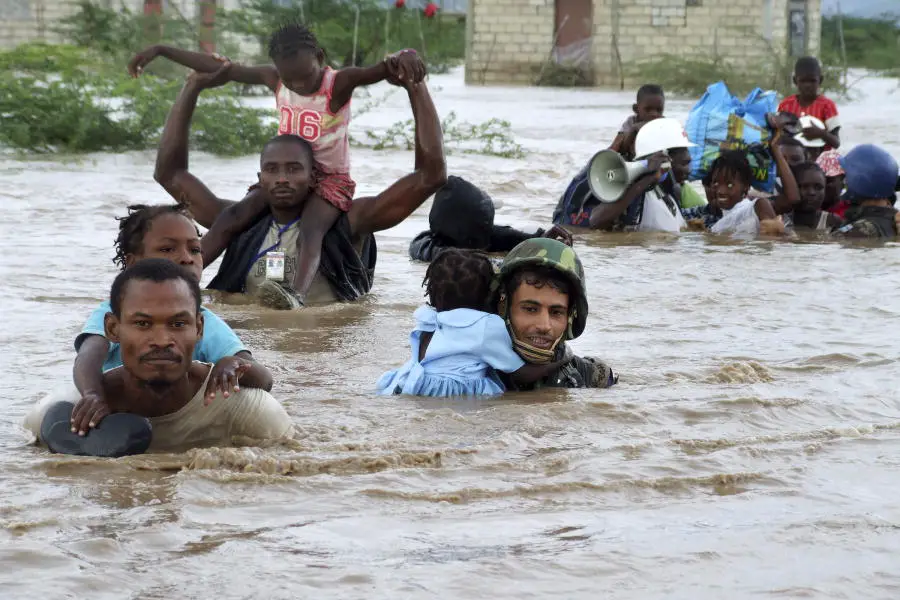
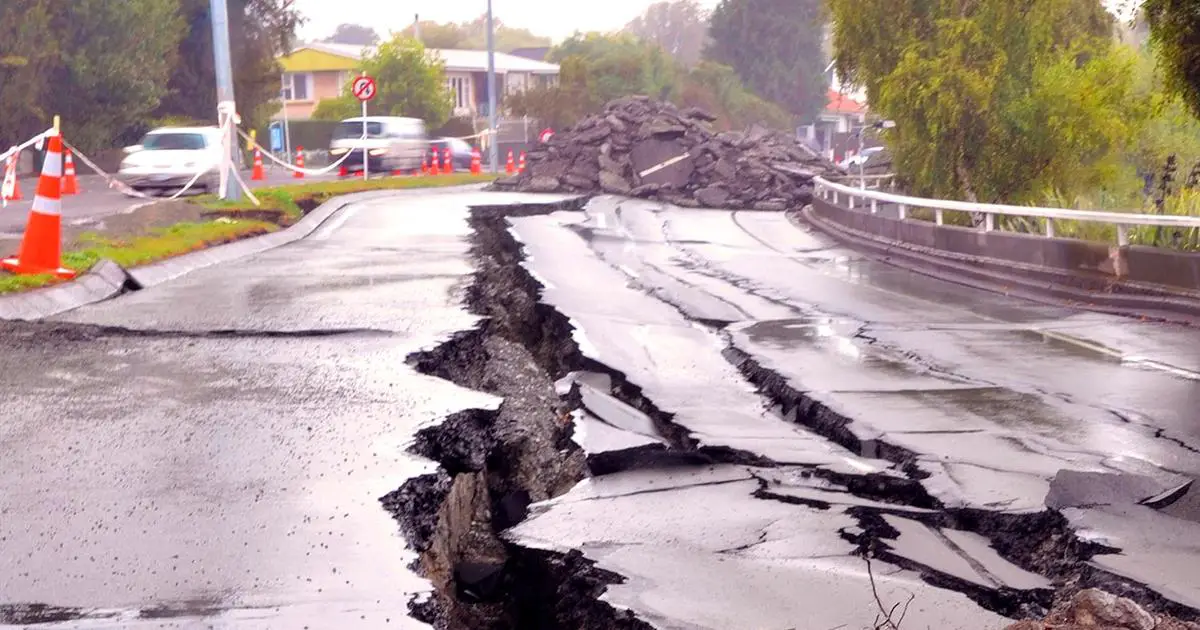
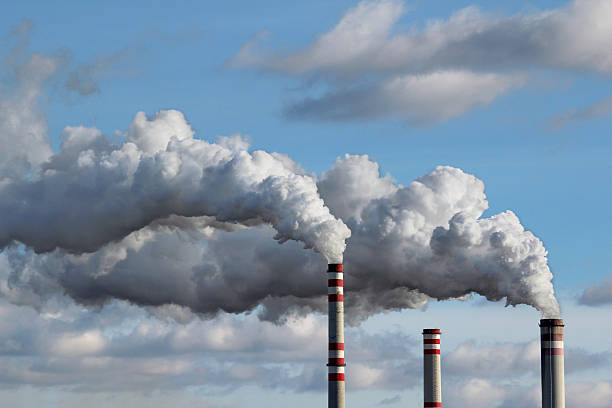
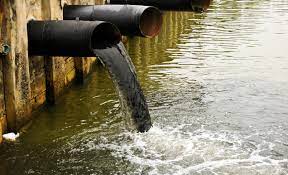
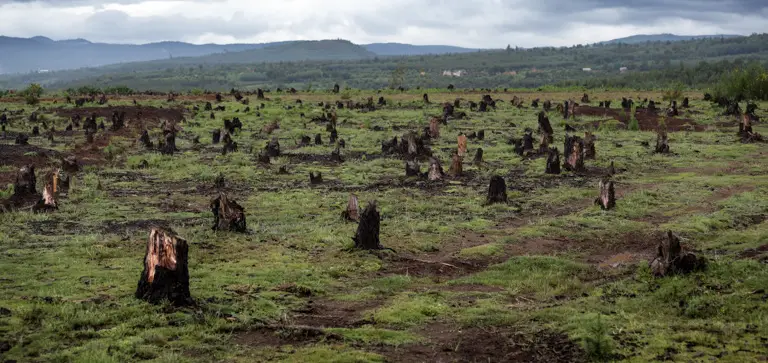
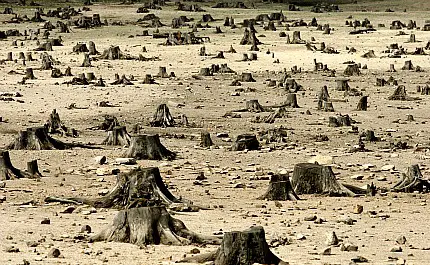
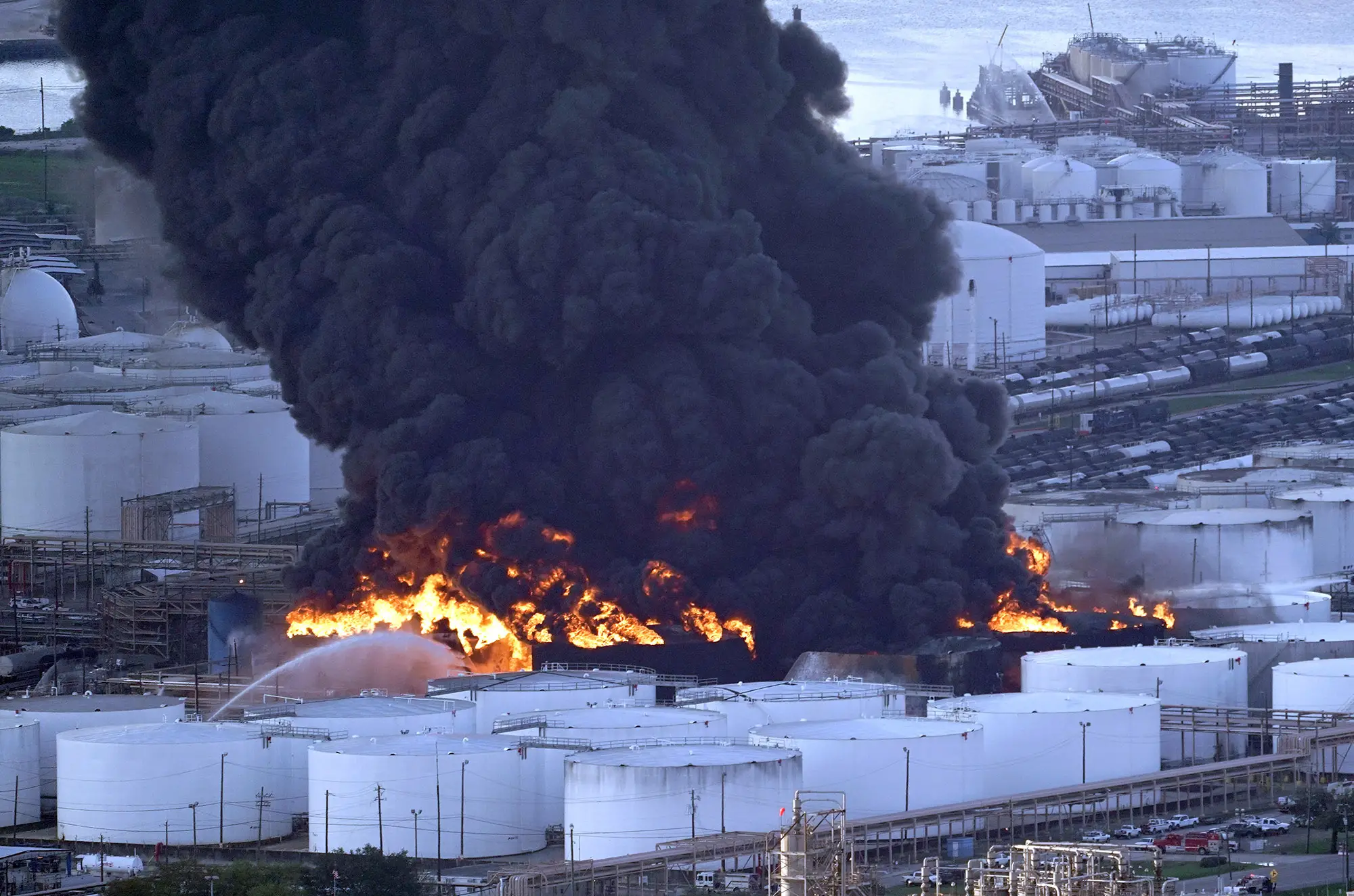
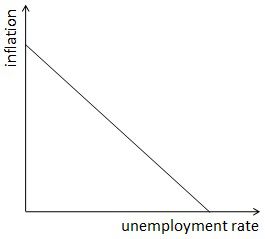
Faster development of resources is leading to the degradation of the environment but it should be noted that the degradation of resources creates some problems and man is facing these from the environment as well as from the earth. It decreases biodiversity and the balance between demand-supply. It causes global warming, climate change and depletion of natural resources also.
Some Evidence of Environmental Degradation: There is some evidence which are related to environmental degradation.
Bhopal Gas Tragedy (1984): This is an important example of a chemical disaster. Deadly Methyl Isocyanate(MIC) gas leaked out of a cracked tank of the chemical and pesticide plant of Union Carbide. About 4000 people and innumerable birds and animals died. Over 2 lakh people were affected by the disaster. People of this region are still bearing the brunt.
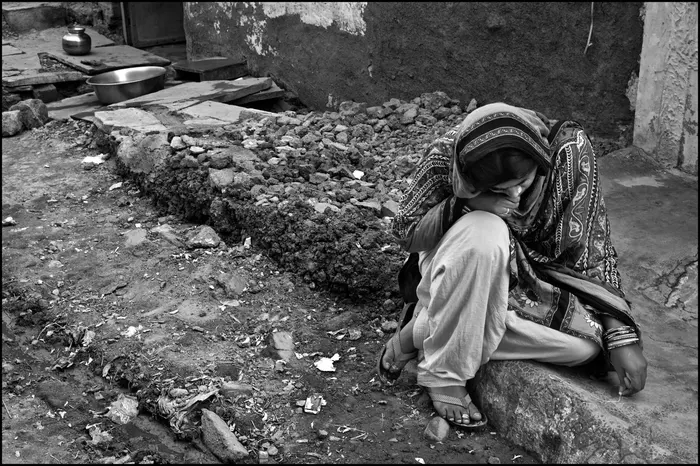
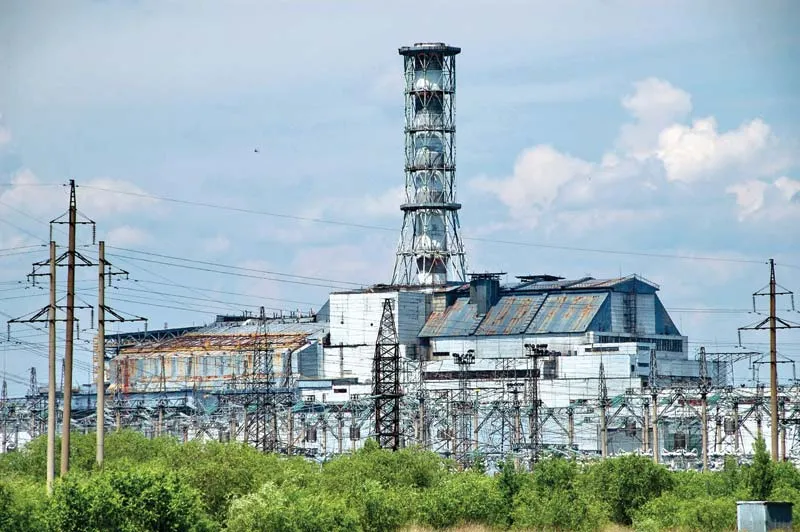
Nuclear Disaster in Chornobyl, Ukraine (1908) and Fukushima in Japan (2011): Nuclear disasters like the ones in Chornobyl, Ukraine and in Fukushima, Japan, remind us of the curses of modern technology.
How can Environmental Degradation be controlled: In recent times the economic activities of man have increased to the satisfaction of our needs which causes environmental degradation. Most of the resources face depletion because of environmental degradation.
This may result that the survival of man on earth becoming difficult. Environmental degradation must be checked immediately. The survival of mankind depends upon the fact that he has to live in harmony with the elements of nature.
So as conscious citizens environmentalists are campaigning and making people aware of their mission and visions to save the environment as well as the Earth. According to them, the following steps may be taken to save the environment.
- Education and Awareness Programme: Illiteracy and lack of awareness are the main reasons for environmental degradation. It should be taken different plans to eradicate illiteracy and increase awareness about environmental issues.
- Control of the Utilization of Wealth: It has become essential that the consumption of resources (which increases pollution) in developed countries must be reduced. Per-capita consumption of wealth, as well as energy, needs to be decreased.
- Uses of Renewable Resources and Recycling Process: Resources should be recycled and con s users should be encouraged to use renewable or reusable commodities.
- Must be checked Population growth: Population growth in developing countries must be checked so that the resource is conserved for future generations. The help of vigilance personnel may help to maintain of the balance between population and natural resources in a country.
- Development in Planning way: Attention must be paid on planning and should be assessed before the implementation of the development projects by the government or others.
- Conservation of Biodiversity: Conscious efforts should be taken to prevent the loss of biodiversity. It should be allowed all animals and plants to grow in their natural habits.
- Increasing Reforestation: It should be restricted the deforestation and encouraged to reforestation.
- Uses of Suitable Resources: Uses of alternative and pollution-free resources as well as sources of energy must be encouraged.
- Awareness Programme with the Assistance of Mass Communication: To increase environmental awareness among the people it should be taken the assistance of mass- media and vigilance personnel.
- Lawmaking: The national and local governments must prioritise environmental issues. Stricter laws must be formulated and implemented for the conservation of the environment.
What should be done: Progress and survival of mankind is not possible without development. Development is necessary, and so is saving the environment. Development and conservation of the environment have to be carried out simultaneously. Hence the eco-friendly way to progress and prosperity are to be traversed. To ensure this, environmentalists suggest ‘sustainable development’.
The idea of sustainable development is dynamic, hence the definition varies in different countries in tune with their cultural, political and economic traditions. Generally, sustainable development refers to development aimed at the optimum use of natural resources in the present scenario, so that development can go unhampered while also preserving reserves of nature and the potential of human society to develop, for future use.
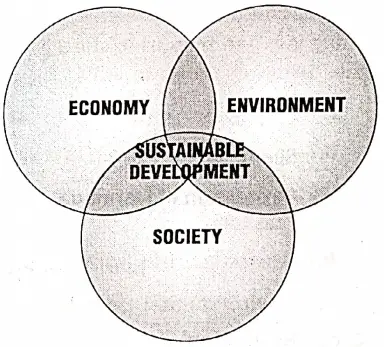
There are some points of agreement which are as follows:
- Its attainment is improbable in the short run.
- Its basic principle is equity and justice.
- The approach towards sustainability is balanced and integrative.
- There are different ways, although the goal is common.
- It views nature not only as a resource but also as the ‘earthly womb’ necessary for our survival.
The Objectives of Sustainable Development are as follows:
- The basic needs of all, viz., the rights to live, food, shelter, clothing, education, health, etc., should be kept in mind.
- An agri-articulated development process without disturbing ecological balance and environmental sanctity is to be initiated.
- All countries of the world must cooperate to create a conducive environment in which the above two goals will be fulfilled.
India is a rapidly developing country. Extraction of different types of resources and execution of modern agricultural methods, construction of infrastructure like roadways, railways, industrialization, urbanisation and implementation of various projects are being carried out in different parts of the country.
Along with such developments, the occurrence of hazards, accidents and as well as environmental degradation also happen. 13 of the 20 most polluted cities in the G20 countries are in India as reported by the World Health Organization.
The main environmental problems of India are reduction in forest resources, misuse of resources, degradation of agricultural lands as well as food shortage, deterioration of public health standards, unplanned development, poverty and loss of biodiversity.
According to a report of the World Bank, recent environmental degradations cost in India is about $80 billion (about Rs. 480,000 crores) every year.
A survey on environmental degradation, conducted in 132 countries of the world reveals India ranks at the 126th position. Our country is placed right at the bottom of the list in terms of the adverse effects of air pollution on the people.
Though the problems of illiteracy and poverty which faced by. Indians cause the degradation of the environment but it is true that there are conscious citizens also. They are not sitting idle and they have started campaigning and participating in different movements which have been organized in India.
The important environmental movements are as follows:
- Chipko Movement (1973) started in Uttar Pradesh.
- Silent Valley Movement in Kerala (1976).
- Protection of the Narmada Movement in the leadership of Medha Patekar. The movement is going on till now.
- The movement offers Dam Project by the leadership of Sunderlal Bahuguna.
Environmental Degradation Problem related to the Green Revolution: The success of the ‘Green Revolution’ is mostly found in the wheat belt of North-Western India (mainly in Punjab and Haryana). But present negative side effects resulted in the form of environmental degradation.
A sudden rise in the use of chemical fertilizers and pesticides has harmed the long-term fertility of soil and caused water pollution. Even in the case of chemical fertilizers, the ideal N : P: K ratio of 4: 2: 1 has not been maintained.
Besides high yielding seeds speed up vital genetic defects. The supply of water in irrigation as wasteful useful water, the water table has fallen sharply and other harmful effects of injudicious use of water include waterlogging, silting, salinisation, alkalinisation etc.

Environmental Degradation in East Kolkata (Dhapa, Salt Lake etc.): At present environmental degradation is.blatantly visible in the ‘Salt Lake’ Wetlands of East Kolkata. The wetlands have been filled and used as construction sites for high-rises. As a consequence, the groundwater level has fallen. The quality of groundwater decreases and salinity increases.
Acquisition of cultivable lands and felling of frees for the construction of buildings have disturbed the ecological balance as well as environmental degradation.
Besides, dumping of garbage in the Dhapa area has contaminated water and soil substantially and also made the air stink.
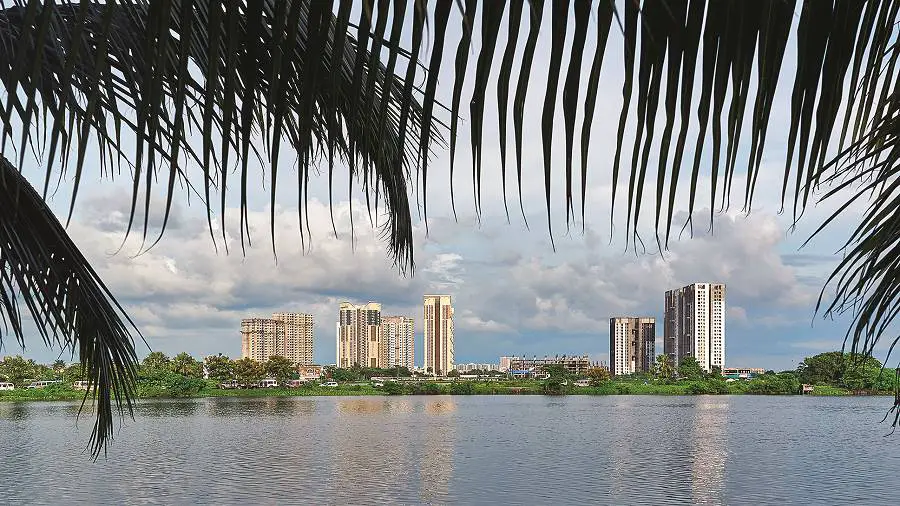
What can the students of Class 8 do in spite of all their limitations:
- Keep the school, home and neighbourhood clean. Plant trees on school premises in -the yard or in the rooftop plant pots or in the roadsides.
- Initiate a ‘Green Compaingn’ is possible, in nearby areas.
- They should be conscious and reasonable when they use electricity and water. They should not waste such resources.
- They should reduce domestic waste as far as practicable and stop using materials like nylon, plastic etc.
- They should avoid overuse of electrical equipment like A.C. machines, refrigerators etc. and use of cosmetics like scents, creams, deodorants etc. They should not burn many
- quantities of fossil, fuels (coal, petroleum etc.).
- They should organize or participate in awareness programmes, seminars, rallies, debates etc. in their school or any institution nearly to promote their own and public awareness of
- environmental degradation as well as environmental issues.
WBBSE Notes For 8 Class Middle School Geography
- Chapter 1 Interior Of The Earth Notes
- Chapter 2 Unstable Earth Notes
- Chapter 3 Rocks Notes
- Chapter 4 Pressure Belts And Winds Notes
- Chapter 5 Cloud And Rain Notes
- Chapter 6 Climatic Regions Notes
- Chapter 8 Some Neighbouring Countries Of India Notes
- Chapter 9 North America Notes
- Chapter 10 South America Notes
- Chapter 11 Oceania Notes

